Introduction
Fresh chili peppers are a staple in many cuisines worldwide, adding a fiery kick to dishes and enhancing flavors in numerous ways. Whether you enjoy them raw, cooked, or pickled, maintaining their freshness is crucial to retaining their vibrant color, crisp texture, and fiery heat. However, chili peppers can be notoriously difficult to keep fresh, often wilting, softening, or molding within days of purchase. In this article, we will explore various methods for preserving fresh chili peppers to ensure they stay in optimal condition for as long as possible. From storage techniques to creative preservation methods, we’ll cover everything you need to know to keep your chili peppers fresh and ready to use.
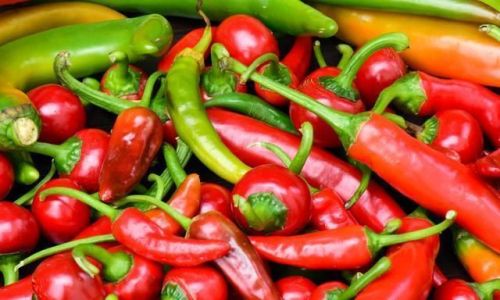
Understanding Chili Pepper Freshness
Before diving into preservation methods, it’s essential to understand what constitutes fresh chili peppers. Freshness is characterized by a firm texture, vibrant color, and intact skin. As chili peppers begin to spoil, they may develop soft spots, discoloration, or mold. The key to preserving freshness lies in minimizing exposure to factors that accelerate spoilage, such as moisture, oxygen, and temperature fluctuations.
Proper Harvesting Techniques
The first step in preserving fresh chili peppers is to ensure they are harvested at the right time. For best results, harvest peppers when they are fully ripe and have reached their full color. Avoid picking peppers that are still green or underdeveloped, as they may not have fully developed their flavor or heat. When harvesting, use clean, sharp scissors or pruning shears to avoid damaging the plant. Cut the peppers just above the stem to prevent tearing the fruit, which can introduce bacteria and promote spoilage.
Immediate Cooling
Once harvested, chili peppers should be cooled as quickly as possible to slow down the ripening process and reduce the risk of spoilage. This can be achieved by placing the peppers in a cool, dark place or refrigerating them in an airtight container. However, it’s important to note that refrigeration can cause chili peppers to lose some of their crispness over time. For best results, use refrigerated peppers within a few days of harvesting.
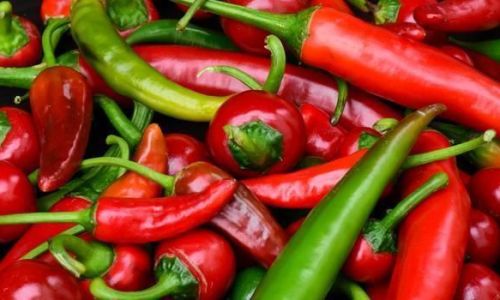
Storage in Airtight Containers
For short-term storage, airtight containers are an excellent option. Place clean, dry chili peppers in a glass or plastic container with a tight-fitting lid. Ensure that the peppers are not overcrowded, as this can promote moisture build-up and mold growth. If possible, line the container with a paper towel or parchment paper to absorb any excess moisture. Store the container in a cool, dark place, such as a pantry or cupboard, away from direct sunlight and heat sources.
Freezing Chili Peppers
For longer-term preservation, freezing chili peppers is a highly effective method. Freezing slows down the enzymatic activity that leads to spoilage and can extend the shelf life of chili peppers for several months. To freeze chili peppers, start by washing and drying them thoroughly. Remove the stems and seeds if desired, then chop the peppers into small pieces or slices. Spread the pieces in a single layer on a baking sheet lined with parchment paper and place the sheet in the freezer until the peppers are frozen solid. Once frozen, transfer the peppers to an airtight freezer bag or container, removing as much air as possible to prevent freezer burn. Label the bag or container with the date and contents for easy identification.
Pickling and Fermenting
Pickling and fermenting are traditional preservation methods that not only extend the shelf life of chili peppers but also add unique flavors and textures. Pickling involves submerging chili peppers in a vinegar-based brine, which creates an acidic environment that inhibits the growth of harmful bacteria. Fermenting, on the other hand, uses natural bacteria present on the peppers to produce lactic acid, which also preserves the peppers and adds a tangy, sour flavor.
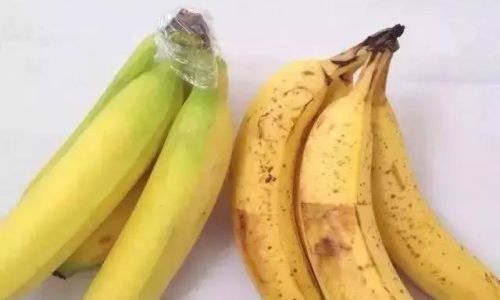
To pickle chili peppers, start by preparing a brine solution of vinegar, water, sugar, and salt to taste. Pack clean, dried peppers into a sterile jar, then pour the brine over them, ensuring they are fully submerged. Secure the jar with a lid and store it in a cool, dark place for at least a week before using. For fermentation, place clean, dried peppers in a sterile jar with a loose-fitting lid to allow gases to escape. Add a small amount of salted water or a starter culture, such as whey or sauerkraut juice, to promote fermentation. Store the jar in a warm, dark place for several days to weeks, depending on the desired level of fermentation.
Drying Chili Peppers
Drying is another effective method for preserving chili peppers, especially for those who prefer to use them in powdered or flakes form. Drying removes moisture from the peppers, creating an environment that is inhospitable to bacteria and fungi. To dry chili peppers, start by washing and drying them thoroughly. Remove the stems and seeds if desired, then slice the peppers into thin strips or flakes. Spread the slices in a single layer on a baking sheet lined with parchment paper and place them in a sunlit area or oven set to a very low temperature (around 150°F or 65°C). Dry the peppers until they are brittle and easily crumble, then store them in an airtight container in a cool, dark place.
Conclusion
Preserving fresh chili peppers doesn’t have to be a challenge. By understanding the factors that contribute to spoilage and implementing effective preservation methods, you can keep your chili peppers fresh and ready to use for weeks, months, or even years. Whether you choose to store them in airtight containers, freeze them, pickle or ferment them, or dry them, there’s a method to suit your needs and preferences. With these tips and techniques, you’ll never have to worry about wasting a single fiery pepper again.

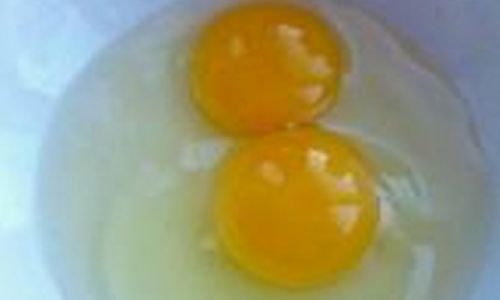

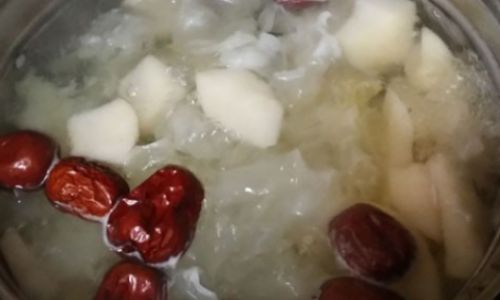
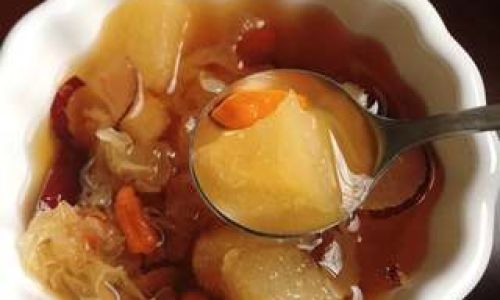
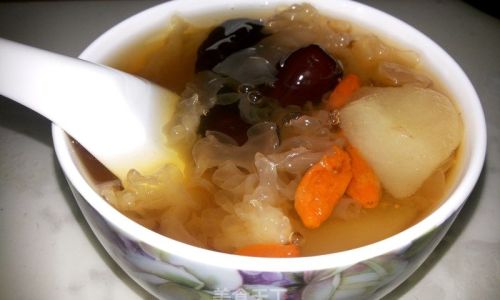
0 comments